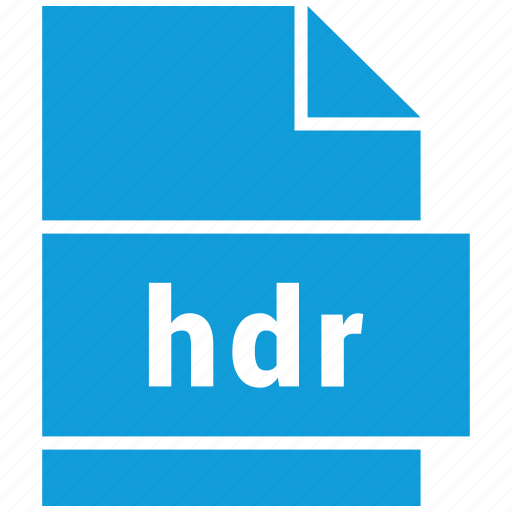
WEBP File
WebP is an image format employing both lossy and lossless compression, and supports animation and alpha transparency. Developed by Google, it is designed to create files that are smaller for the same quality, or of higher quality for the same size, than JPEG, PNG, and GIF image formats.
The WebP format was announced in September 2010, and the supporting library reached version 1.0 in April 2018. Support for the format has increased over the years, and as of May 2021 WebP was supported by 94% of the web browsers in use worldwide.
WebP's lossy compression algorithm is based on the intra-frame coding of the VP8 video format and the Resource Interchange File Format (RIFF) as a container format. As such, it is a block-based transformation scheme with eight bits of color depth and a luminance–chrominance model with chroma subsampling by a ratio of 1:2 (YCbCr 4:2:0). Without further content, the mandatory RIFF container has an overhead of only twenty bytes, though it can also hold additional metadata. The side length of WebP images is limited to 16,383 pixels.
WebP is based on block prediction. Each block is predicted on the values from the three blocks above it and from one block to the left of it (block decoding is done in raster-scan order: left to right and top to bottom). There are four basic modes of block prediction: horizontal, vertical, DC (one color), and TrueMotion. Mispredicted data and non-predicted blocks are compressed in a 4×4 pixel sub-block with a discrete cosine transform or a Walsh–Hadamard transform. Both transforms are done with fixed-point arithmetic to avoid rounding errors.
The output is compressed with entropy encoding.
WebP also has explicit support for parallel decoding.
The reference implementation consists of converter software in the form of a command-line program for Linux (cwebp) and a programming library for the decoding, the same as for WebM. The open source community quickly managed to port the converter to other platforms, such as Windows.
WebP's lossless compression, a newer format unrelated to VP8, was designed by Google software engineer. It uses advanced techniques such as dedicated entropy codes for different color channels, exploiting 2D locality of backward reference distances and a color cache of recently used colors. This complements basic techniques such as dictionary coding, Huffman coding and color indexing transform.
This format uses recursive definition: all of the control images, such as the local entropy code selection, are encoded the same way as the whole image itself.




